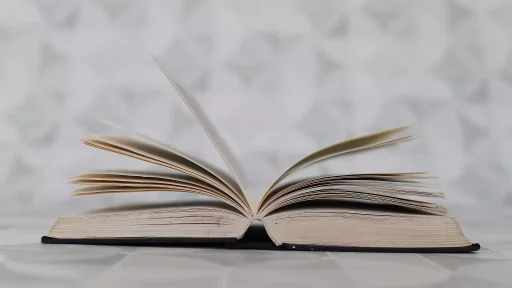What is an Autoharp?
The autoharp is a stringed musical instrument that is played by strumming the strings with a plectrum or your fingers while pressing down on buttons that mute or dampen the strings. This unique combination allows players to produce a variety of chords and melodies, making it a popular choice for beginners and seasoned musicians alike.
History and Evolution of the Autoharp
The autoharp’s roots can be traced back to folk music traditions in Europe. It gained prominence in the United States during the late 19th century. Originally called the “zither,” the instrument saw modifications that led to its modern design. Melodian music, popular in the early 20th century, contributed to the autoharp’s rise, as it was frequently used in American folk and country music.
The Mechanics of the Autoharp
An autoharp consists of a series of strings stretched over a wooden body, resembling a small harp. It typically has 36 to 37 strings tuned to specific notes, allowing for a range of sound possibilities. The buttons on the front of the instrument correspond to individual chords:
- Major chords
- Minor chords
- 7th chords
- And extended chords
When a musician presses a button, it silences all the other strings except those that create the chosen chord. This makes it easier for the player to strum along with melodies without needing to individually finger each note.
Popular Genres and Use Cases
The autoharp is prominently featured in various musical genres, including:
- Folk Music: Instrumental in American folk traditions, enhancing the storytelling aspect of the genre.
- Bluegrass: Adds a unique sound to bluegrass bands, often used by musicians such as Rosalie Sorrels.
- Country Music: Artists like the Carter Family incorporated the autoharp to complement their songs.
- Children’s Music: Easy to learn and play, teachers use the autoharp as a tool for music education.
In recent years, contemporary artists have embraced the autoharp, breathing new life into the instrument and inspiring a new generation of fans.
Case Studies: The Autoharp in Action
One notable case is that of folk artist Gillian Welch, who has famously incorporated the autoharp into her music, elevating its presence in modern Americana. Her use of the instrument showcases its versatility, as she layers its unique sounds over rich, narrative-driven lyrics.
Similarly, Mary Lou Lord, a popular indie-folk singer-songwriter, has used the autoharp to create a distinct sound that differentiates her from her peers. Her songs often center around personal experiences, and the autoharp’s rich tones beautifully complement her storytelling.
Statistics: Popularity and Accessibility
The autoharp has seen a resurgence in popularity in recent years. According to a survey by the National Endowment for the Arts, approximately 15% of American adults played an instrument, with the autoharp being one of the top choices among folk and amateur musicians. This statistic highlights the accessibility of the instrument:
- Easy to Learn: Many people can grasp the basics of playing within a matter of hours.
- Affordable: Autoharps are typically lower in price compared to other string instruments, making them an attractive option for beginners.
- Community Support: Numerous online forums and local workshops are available for autoharp enthusiasts, providing a supportive network for players.
Conclusion: Why You Should Explore the Autoharp
Whether you are a beginner or an experienced musician looking to expand your repertoire, the autoharp offers a unique way to express creativity through music. Its rich history, accessibility, and versatility make it a worthwhile instrument to explore. Dive into the world of autoharp and discover the joy of making music!





